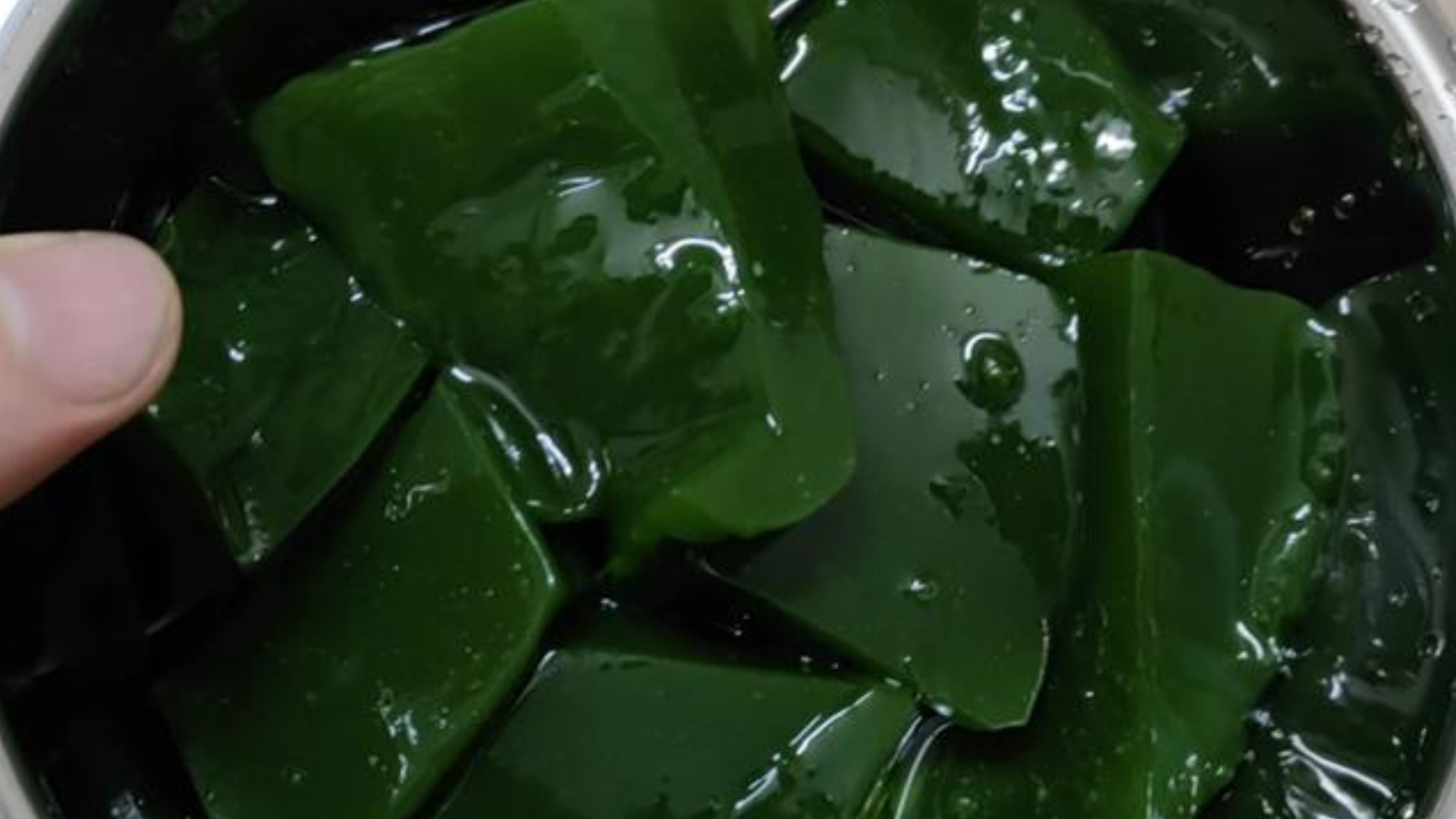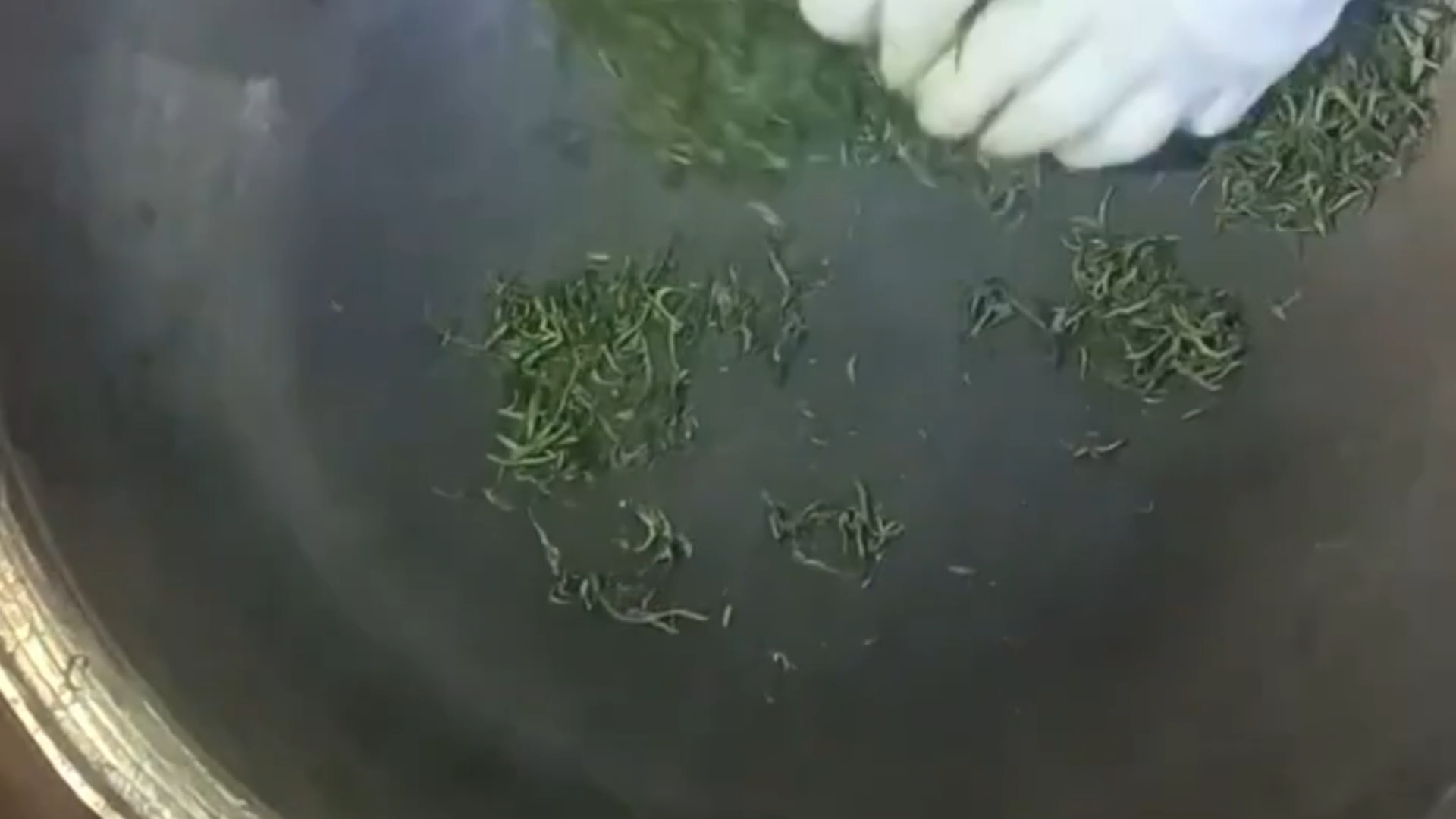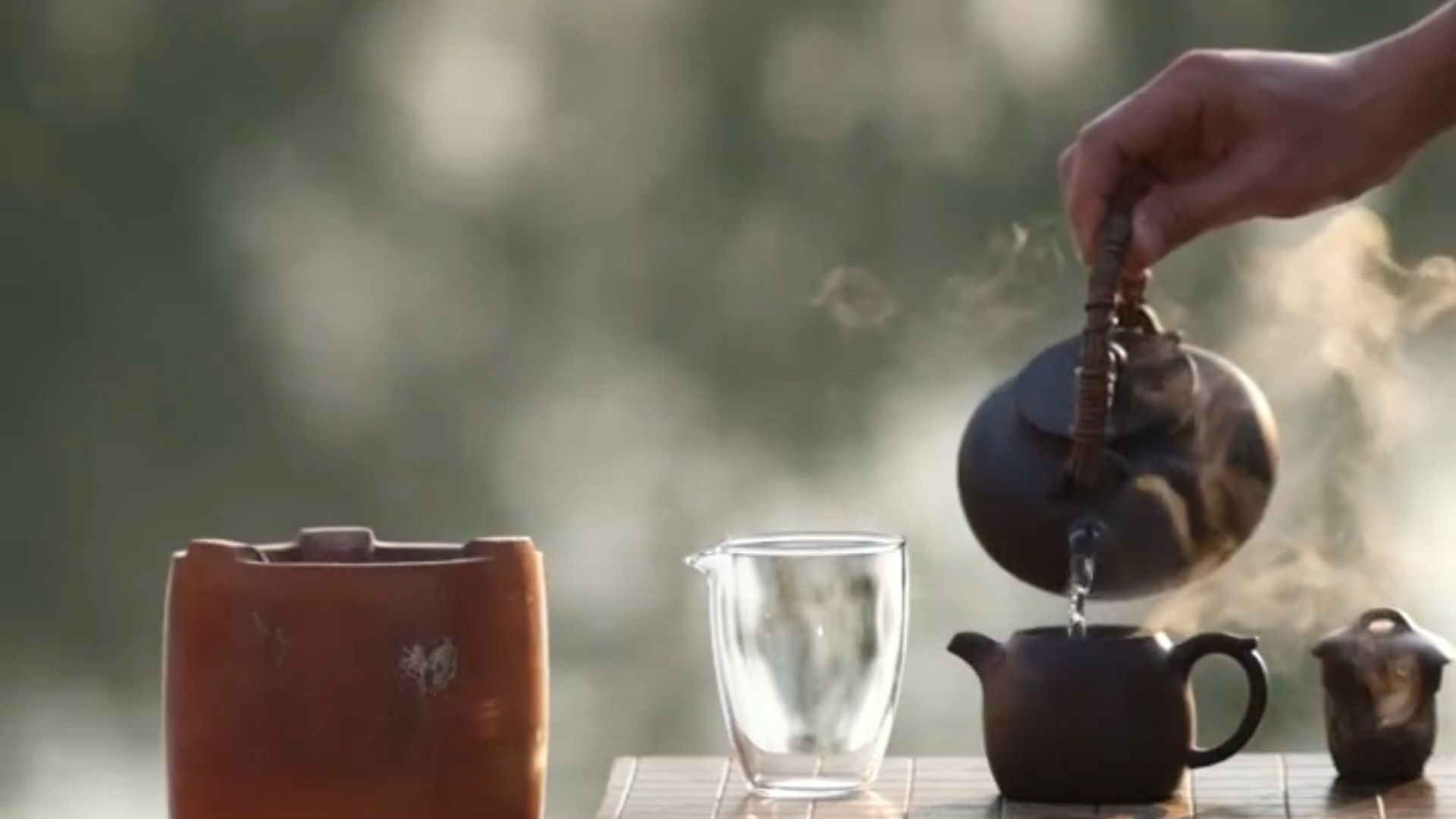
The tutorial for making Guanyin tofu,Green pure natural food, folk traditional delicacy, delicacy on the tip of the tongue, ancient traditional delicacy, specialty delicacy, pure natural healthy tofu, intangible cultural heritage, Guanyin tofu production, healthy cuisine, rural specialty cuisine, food tutorial, handmade production, pure natural green health food.
6 months ago learnbeautyUsing just a handful of leaves and some ash, one can make tofu resembling emerald, known as Guanyin Tofu or Divine Tofu. Some also refer to it as Jade Tofu due to its jade-like color, crystal-clear appearance, smooth and delicate texture, and refreshing taste. It’s known for its heat-clearing, detoxifying properties, with a subtle fragrance of fresh grass and wood. It’s a natural jelly, delicious when mixed with sugar. For those with acne or sores, consuming it can lead to improvement. It also aids in relieving itching, promoting blood circulation, reducing swelling, diuresis, and nourishing the skin. The leaves used …

Wild Tea Production, High Mountains and Clouds Produce Fine Tea, the Golden Zone of Tea at North Latitude 30 Degrees, the Freshness of Spring Tea, Drinking Spring Tea, High Mountain Wild Tea, Traditional Farm Specialty Cuisine, Native Ecological Specialty Products.
6 months ago learnbeautyThe saying goes that good tea comes from high mountains and clouds. In high mountain and cloud areas, the air is fresh and high in oxygen content, which helps the growth and photosynthesis of tea trees, making the aroma of tea leaves purer. These areas are often shrouded in fog and mist throughout the year, providing abundant moisture for tea trees and conducive to their growth and the development of tea leaves. The soil in high mountain and cloud areas is typically rich in minerals, providing abundant nutrients for tea trees and contributing to the improvement of tea leaf quality. …

What are the three treasures in tea? What are the benefits of drinking tea? What are the health benefits of tea? Do you know which three treasures are in tea? Why is tea considered the healthiest beverage in the world?
6 months ago learnbeautyThe Seven Essentials: firewood, rice, oil, salt, soy sauce, vinegar, and tea. Tea holds a significant position in daily life, offering numerous benefits. It possesses various health-promoting functions attributed to its active components, including antioxidants such as catechins, amino acids, caffeine, flavonoids, theine, theanine, vitamins, and minerals. Green tea, the earliest type of tea, serves as the foundation for other varieties. Tea absorbs the essence of heaven and earth, embodying the five elements of metal, wood, water, fire, and earth. From a simple leaf, tea undergoes processes involving fire and water, ultimately transforming into a beverage that encompasses all five …

The origin of tea, what is the origin of tea? The connection between tea and Chinese history, China is the birthplace of tea.
6 months ago learnbeautyChina is the birthplace of tea and the cradle of tea culture. It is the country where tea was first discovered and utilized, dating back to as early as 7,000 years ago in ancient times. When it comes to the origin of tea, people may think of Shennong, the legendary figure who tasted hundreds of herbs and encountered seventy-two poisons in a single day. Despite being a divine being, Shennong could not withstand these toxins and lay dying under a tree. In his desperate state, he smelled the fragrant leaves of the tree he was leaning against and consumed some, …

The plant called Mao Xiang can be used to make Mao Xiang cake, which is loved by people of all ages and genders, and it also has medicinal properties
7 months ago learnbeautyMao Xiang cake, with its unique texture and delicious taste, is a specialty of the southern Anhui region in China. Mao Xiang, also known as Artemisia rupestris, is referred to differently in various places; some call it Qingming vegetable, others call it Tianai, and some simply call it Mao Xiang. The stems and leaves of Mao Xiang are used in traditional medicine for their effectiveness in treating coughs, eliminating phlegm, relieving asthma and bronchitis, and non-infectious ulcers. However, more commonly, people consider it a delicacy. Mao Xiang emits a faint fragrance with a hint of sweetness, which is very enticing. …
